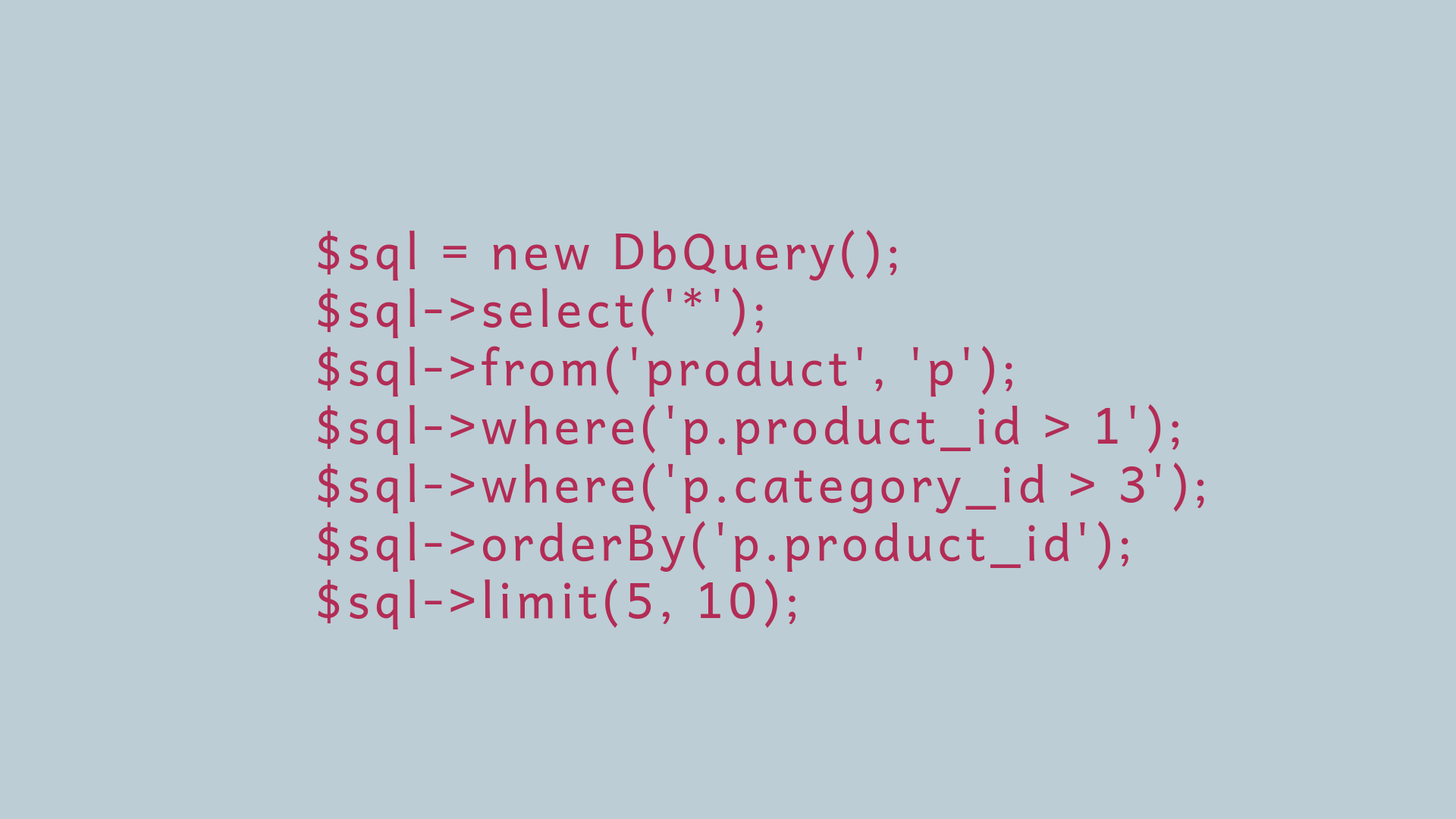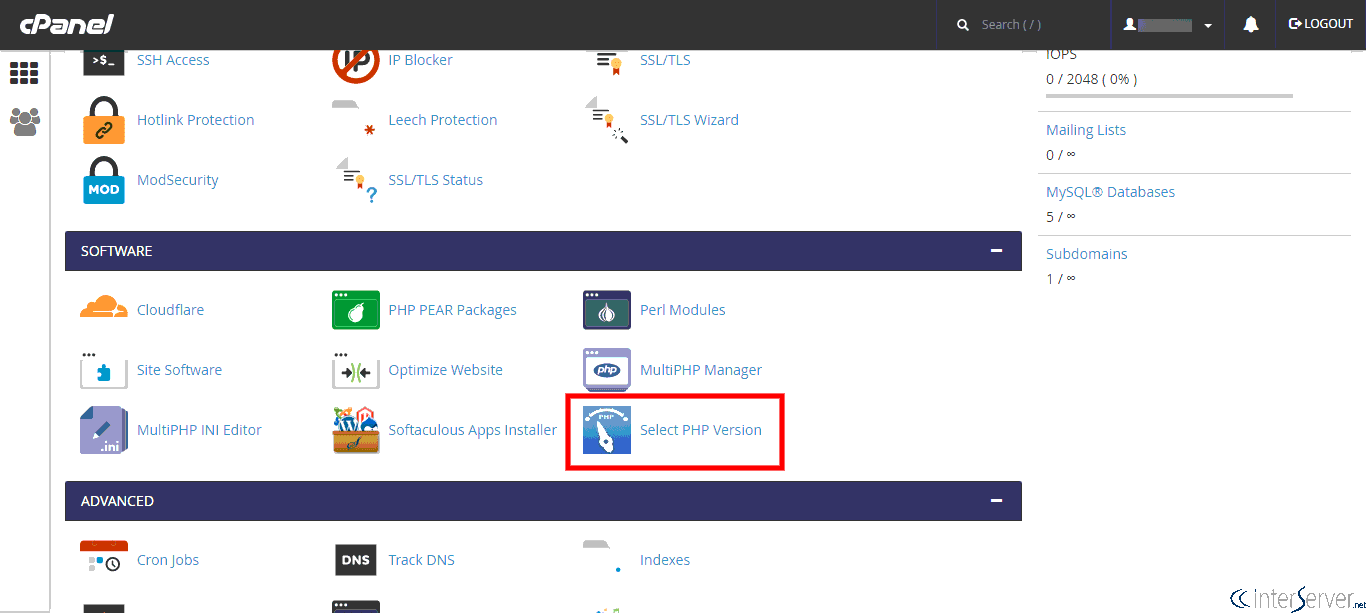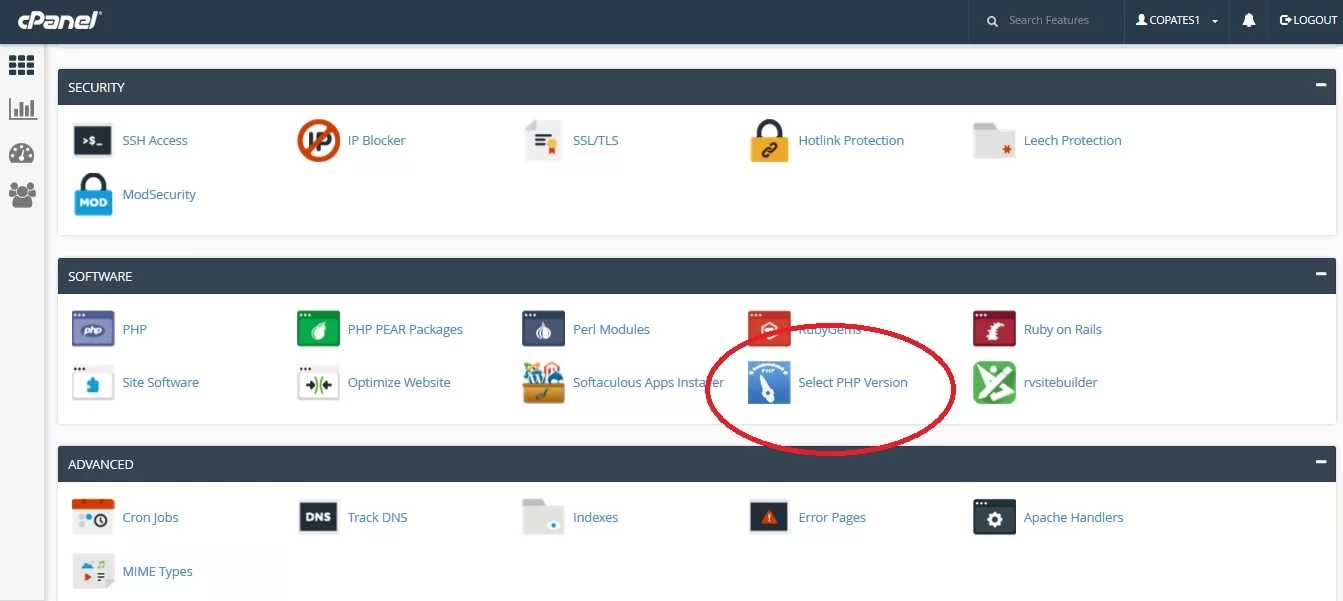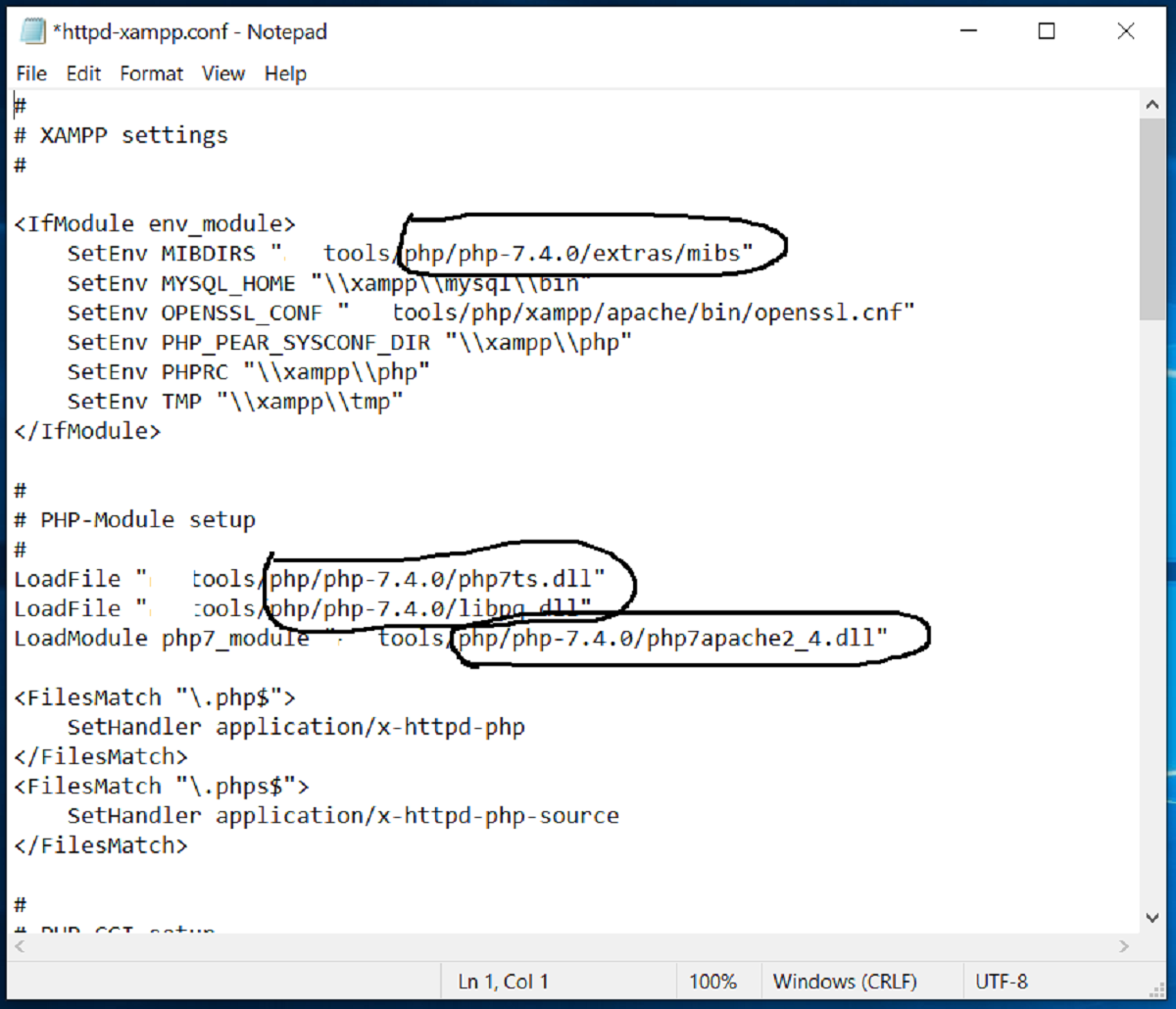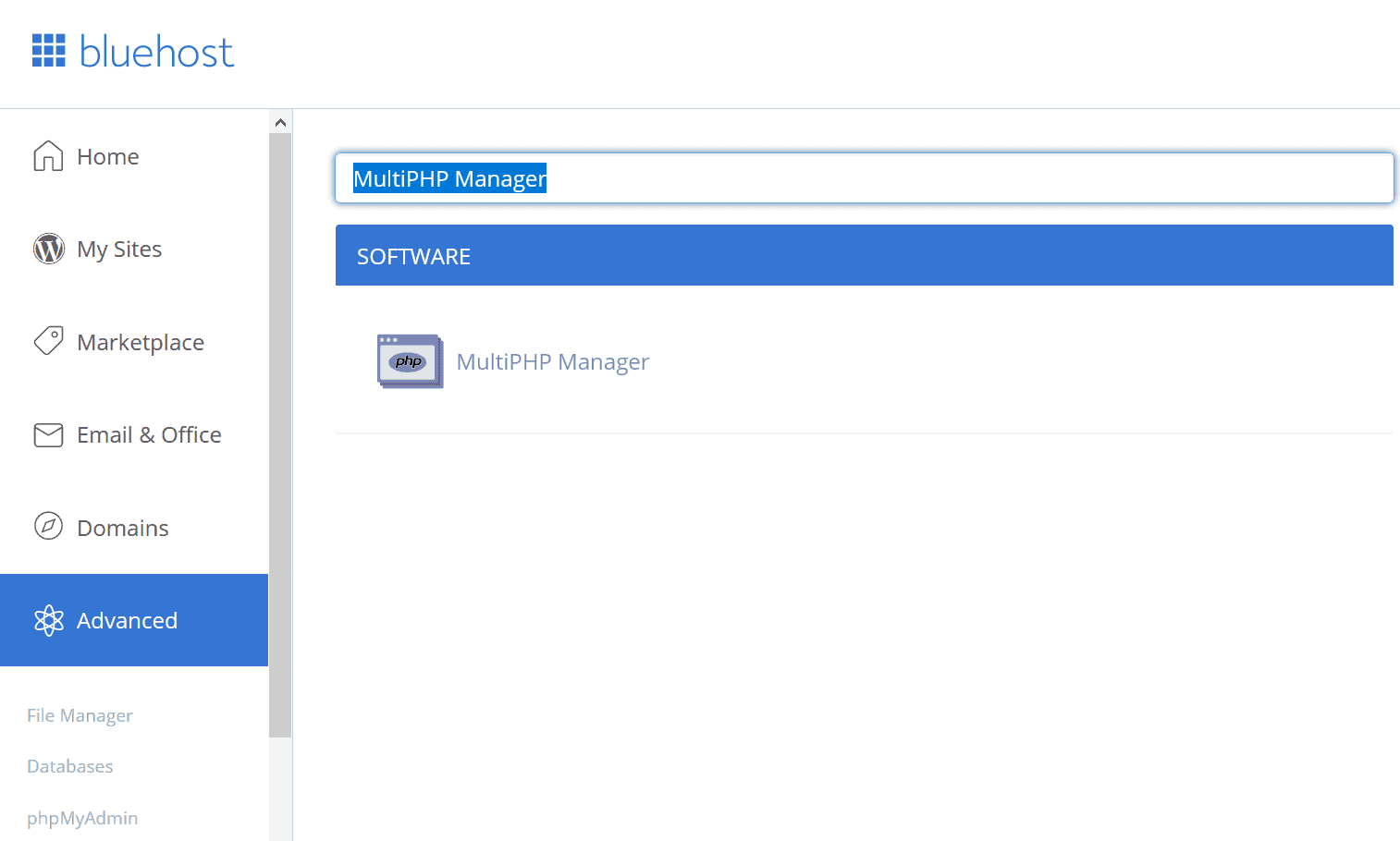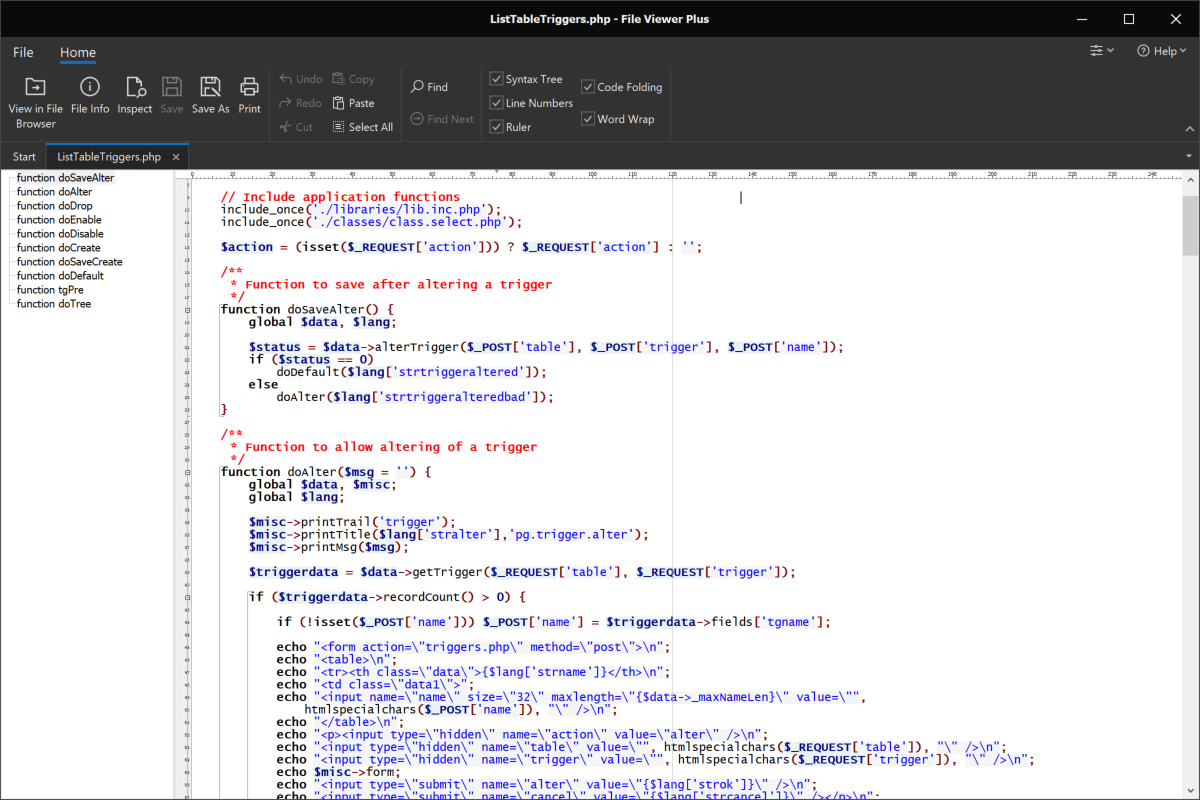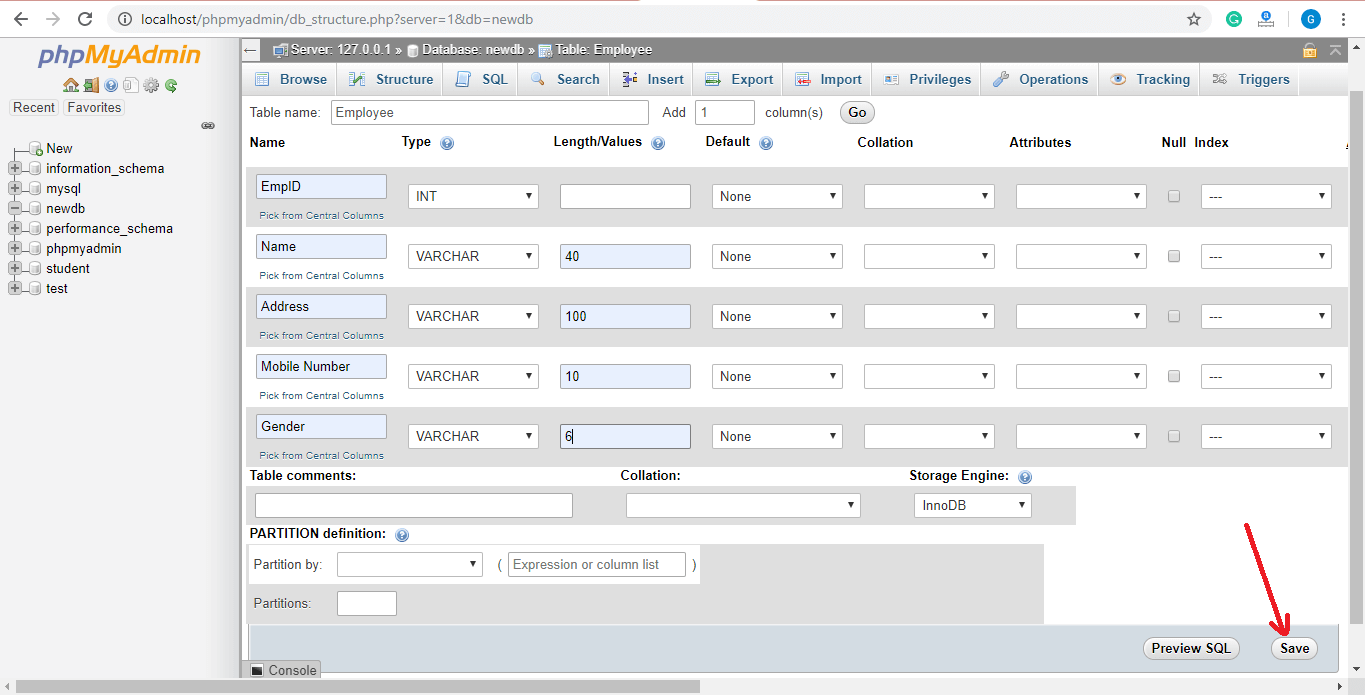Introduction
Select Where in PHP is a powerful feature that allows developers to retrieve specific data from a database based on certain conditions. This feature enables you to filter the data and retrieve only the records that meet your specified criteria. Whether you are working on a simple blog or a complex web application, understanding how to use Select Where in PHP is essential for efficient data retrieval.
When working with a database, there are often situations where you need to fetch data based on specific conditions. For example, you may want to retrieve all the products with a price greater than a certain value, or select all the users who have registered within a particular date range. Select Where in PHP provides a simple and effective way to accomplish these tasks by utilizing the WHERE clause.
The WHERE clause allows you to specify one or more conditions that the retrieved data must meet. These conditions can involve comparisons such as equal to, greater than, less than, or not equal to. By using logical operators such as AND or OR, you can further refine your conditions and create complex queries.
In addition to the WHERE clause, Select Where in PHP also offers the IN operator, which allows you to match a value against a list of predefined values. This is particularly helpful when you want to fetch data that matches any one of the specified values.
In this article, we will explore the basic syntax of Select Where in PHP and dive into examples to showcase how this feature can be effectively implemented in real-world scenarios. Whether you are a beginner or an experienced PHP developer, understanding Select Where in PHP will enhance your ability to retrieve data from databases efficiently.
What is Select Where in PHP?
Select Where in PHP is a query statement that allows you to retrieve specific data from a database table based on certain conditions. It is a fundamental component of database programming and essential for filtering and fetching the desired data efficiently.
When working with databases, you often need to retrieve information that meets certain criteria. For example, you might want to select all the products with a price higher than a certain amount, or fetch all the users who registered in a specific month. This is where Select Where in PHP comes into play. It enables you to specify conditions and filter the records accordingly.
The basic syntax of Select Where in PHP includes the SELECT statement, the name of the table from which you want to fetch the data, and the WHERE clause. The WHERE clause is responsible for specifying the conditions that the retrieved data must meet. It allows you to utilize comparison operators such as equal to (=), not equal to (!=), greater than (>), less than (<), and more.
Additionally, Select Where in PHP provides logical operators such as AND, OR, and NOT to refine your conditions. You can combine multiple conditions to create complex queries and retrieve data that satisfies all the specified criteria.
In more advanced scenarios, the Select Where in PHP query can also utilize the IN operator. This operator allows you to match a value against a list of predefined values, making it easier to fetch data that matches any of the specified values. For instance, you can use the IN operator to select all the products with specific IDs or retrieve users belonging to specific categories.
Understanding how to effectively use Select Where in PHP is crucial for efficient data retrieval operations. It enables developers to fetch the desired information from the database, whether it’s a small selection or a large dataset, based on specific conditions. By leveraging the Select Where feature, you can optimize database queries, improve application performance, and provide users with accurate and relevant data.
Basic Syntax
The basic syntax of Select Where in PHP involves using the SELECT statement along with the WHERE clause to specify the conditions for data retrieval. Here is the general structure:
SELECT column_name(s) FROM table_name WHERE condition(s);
Let’s break down each component of the syntax:
- SELECT: This keyword is used to specify the column or columns that you want to retrieve from the table. You can select multiple columns by separating them with commas, or use the * wildcard to select all columns.
- FROM: This keyword is followed by the name of the table from which you want to fetch the data.
- WHERE: This keyword is used to specify the conditions that the retrieved data must meet. You can utilize comparison operators such as equal to (=), not equal to (!=), greater than (>), less than (<), and more to create the conditions. Logical operators such as AND, OR, and NOT can also be used to combine multiple conditions.
It is important to note that the conditions in the WHERE clause are case-sensitive. So if your table stores names with a specific case, you need to ensure that the conditions match accordingly.
Here’s an example that demonstrates the basic syntax of Select Where in PHP:
SELECT name, age FROM users WHERE age > 18;
This query selects the name and age columns from the users table, but only retrieves the records where the age is greater than 18. By using the WHERE clause, you can filter the data and retrieve only the relevant information that meets your criteria.
Understanding the basic syntax of Select Where in PHP is crucial for building efficient data retrieval queries. By correctly utilizing the SELECT, FROM, and WHERE components, you can fetch the desired data from the database while adhering to the specified conditions.
Using the WHERE Clause
The WHERE clause is a fundamental component of the Select Where feature in PHP. It allows you to specify conditions to filter the data retrieved from a database table. By using the WHERE clause, you can selectively fetch records that meet specific criteria.
The WHERE clause follows the SELECT statement and precedes the FROM clause in the Select Where query syntax. It consists of one or more conditions that the fetched data must satisfy. These conditions can involve comparisons such as equal to, not equal to, greater than, less than, and more.
Here are some commonly used comparison operators that can be utilized in the WHERE clause:
- Equal to (=): Returns records where the specified column value is equal to the given value.
- Not equal to (!=): Returns records where the specified column value is not equal to the given value.
- Greater than (>), Less than (<): Returns records where the specified column value is greater than or less than the given value, respectively.
- Greater than or equal to (>=), Less than or equal to (<=): Returns records where the specified column value is greater than or equal to, or less than or equal to the given value, respectively.
- LIKE: Returns records where the specified column value matches a specified pattern using wildcard characters.
Furthermore, you can use logical operators such as AND, OR, and NOT to combine multiple conditions in the WHERE clause. This allows you to create more complex queries and retrieve data that satisfies all the specified conditions.
Here’s an example that demonstrates using the WHERE clause in a Select Where query:
SELECT name, age FROM users WHERE age > 18 AND country = 'USA';
In this query, the WHERE clause specifies two conditions: the age column must be greater than 18, and the country column must be equal to ‘USA’. Only the records that fulfill both conditions will be returned.
Using the WHERE clause effectively allows you to narrow down your data retrieval based on specific criteria. By selecting the appropriate comparison operators and logical operators, you can construct queries that precisely retrieve the desired records from the database table.
Using the IN Operator
In addition to the WHERE clause, Select Where in PHP offers the IN operator, which provides a convenient way to match a value against a list of predefined values. The IN operator allows for efficient querying of data when you want to retrieve records that match any one of the specified values.
The IN operator is often used when you have a set of values that you want to compare against a column in the database table. Rather than writing multiple OR conditions, you can simply use the IN operator and provide the list of values inside parentheses.
Here’s an example that illustrates the use of the IN operator in a Select Where query:
SELECT name, category
FROM products
WHERE category IN ('Electronics', 'Clothing', 'Home Decor');
In this query, the IN operator is used to match the category column of the products table against a list of values: ‘Electronics’, ‘Clothing’, and ‘Home Decor’. The query will retrieve all the products that fall into any of these specified categories.
The IN operator can also be used with subqueries, where you can specify a Select Where query within the parentheses to retrieve values dynamically. This allows you to select values from another table or fetch data based on a dynamic condition.
Here’s an example that demonstrates using the IN operator with a subquery:
SELECT name, category FROM products WHERE category IN (SELECT category FROM categories WHERE active = 1);
In this query, the IN operator is used with a subquery to fetch all the products whose category matches any of the active categories stored in the categories table. The subquery dynamically retrieves the active categories, eliminating the need to hardcode the values in the main query.
The IN operator is a powerful tool in Select Where in PHP, allowing you to efficiently retrieve records that match any of the specified values. By using the IN operator, you can streamline your queries and make them more concise when dealing with multiple values or dynamic data retrieval scenarios.
Examples of Using Select Where in PHP
To understand how Select Where in PHP works in real-world scenarios, let’s explore a couple of examples that demonstrate its practical application. These examples will showcase how you can effectively retrieve specific data from a database based on different conditions.
Example 1: Fetching Users with a Specific Age
Suppose you have a database table named “users” that stores information about different users, including their name and age. You want to retrieve all the users who are 25 years old. Here’s how you can achieve that using the Select Where feature in PHP:
SELECT name FROM users WHERE age = 25;
This query selects the name column from the users table and specifies the condition that the age must be equal to 25. Only the users who satisfy this condition will be returned, providing you with the desired result.
Example 2: Retrieving Products within a Given Price Range
Let’s consider a scenario where you have an e-commerce website with a “products” table that contains information about various products, including their name and price. You want to fetch all the products that fall within a specific price range, let’s say between $10 and $50. Here’s how you can accomplish this using Select Where in PHP:
SELECT name FROM products WHERE price >= 10 AND price <= 50;
This query selects the name column from the products table and specifies the condition that the price must be greater than or equal to 10 and less than or equal to 50. Only the products that meet this criterion will be returned, allowing you to retrieve the products within the desired price range.
Example 3: Selecting Users from Multiple Countries
Suppose you have a table named "users" that stores information about users, including their name and country. You want to select all the users from either the United States, Canada, or the United Kingdom. Here's how you can achieve that using the Select Where feature in PHP:
SELECT name
FROM users
WHERE country IN ('USA', 'Canada', 'UK');
This query selects the name column from the users table and specifies the condition that the country must be one of the specified values: 'USA', 'Canada', or 'UK'. The query will return the names of all the users who belong to any of these countries.
These examples demonstrate how Select Where in PHP can be utilized to retrieve specific data from a database based on different conditions. By understanding and leveraging the power of Select Where, you can efficiently fetch the desired data, providing a more personalized and relevant experience for users interacting with your application or website.
Conclusion
Select Where in PHP is a powerful feature that allows developers to retrieve specific data from a database based on specified conditions. By utilizing the WHERE clause and comparison operators, you can filter and retrieve the desired records efficiently. The IN operator provides a convenient way to match a value against a list of predefined values, making it easier to fetch data that matches any of the specified values.
Understanding the basic syntax of Select Where in PHP is crucial for building efficient data retrieval queries. By correctly utilizing the SELECT, FROM, and WHERE components, you can fetch the desired data from the database while adhering to the specified conditions. The WHERE clause allows you to specify multiple conditions using logical operators, giving you more flexibility in creating complex queries.
Through examples, we have seen how Select Where in PHP can be applied to real-world scenarios. Whether you need to fetch users based on their age, retrieve products within a price range, or select users from specific countries, Select Where provides a versatile solution to fulfill your requirements.
The ability to retrieve specific data from a database based on conditions is an essential skill for developers working with databases. Whether you are building a simple blog or a complex web application, understanding how to use Select Where in PHP will enhance your ability to retrieve data efficiently and provide a more personalized experience for users.
As you continue to refine your skills in using Select Where in PHP, you will gain the ability to create more sophisticated and nuanced data retrieval queries. By leveraging the power of Select Where, you can better optimize your database queries, improve application performance, and deliver accurate and relevant data to your users.







